Reading Development: A Study of Refugee Students' Language Skills
VerifiedAdded on 2023/06/15
|5
|685
|51
Essay
AI Summary
This essay examines the reading challenges faced by refugee students as they integrate into new educational systems. It addresses the assumption that language requirements for refugees are minor, highlighting the diverse experiences and needs of this population. The essay explores how refugee youth grapple with learning a new language, often with a different writing system, while simultaneously acquiring necessary skills to keep pace with their non-refugee peers. It discusses the psychological effects of past traumas on learning, the importance of L1 literacy in building a foundation for L2 reading development, and the impact of Cummins hypothesis on language acquisition. Furthermore, the essay emphasizes the roles of teachers and schools in providing support through curriculum development, professional development, and the promotion of social literacies, ultimately affecting the students' ability to navigate new social environments and academic expectations. The essay references studies and reports highlighting the challenges and potential solutions for refugee students' educational success.
1 out of 5
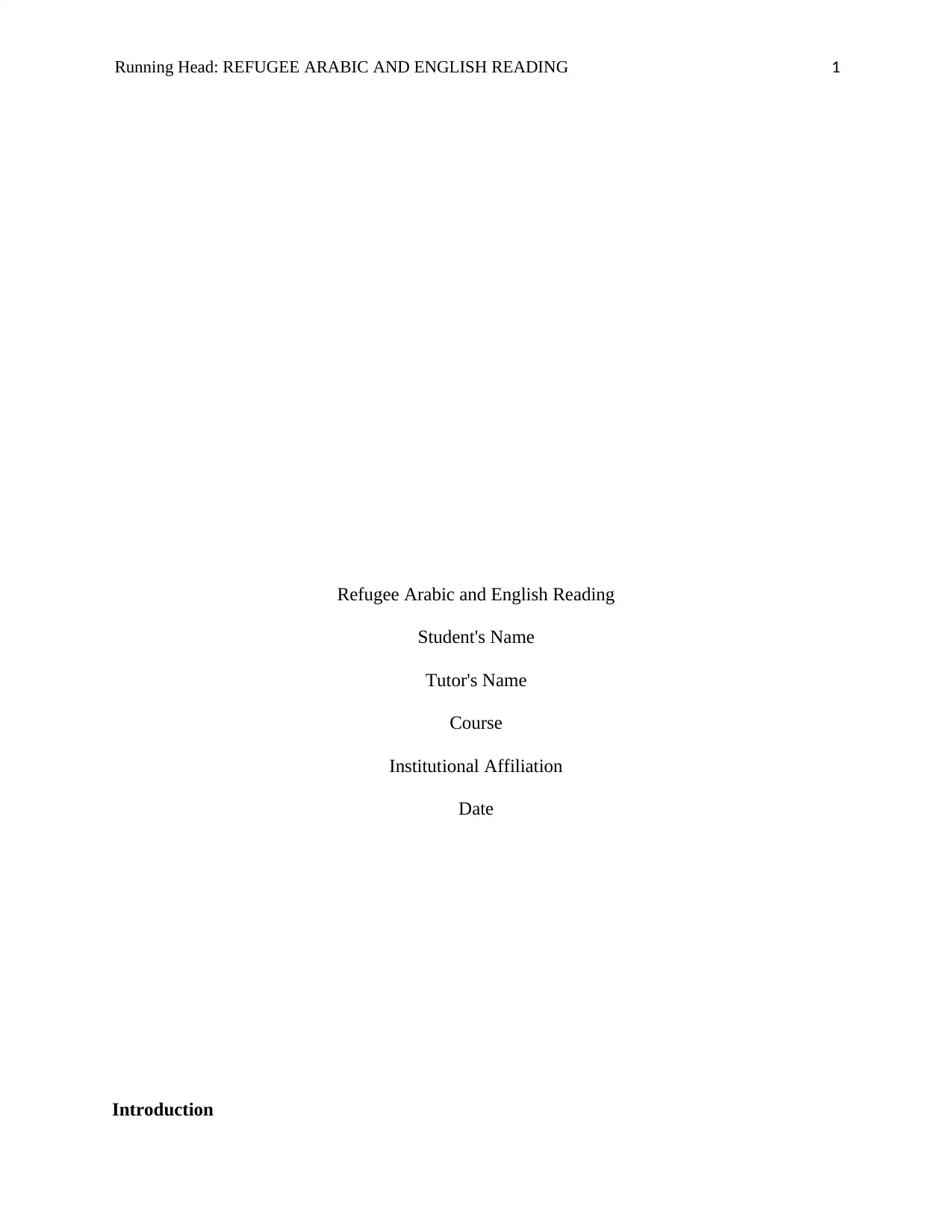
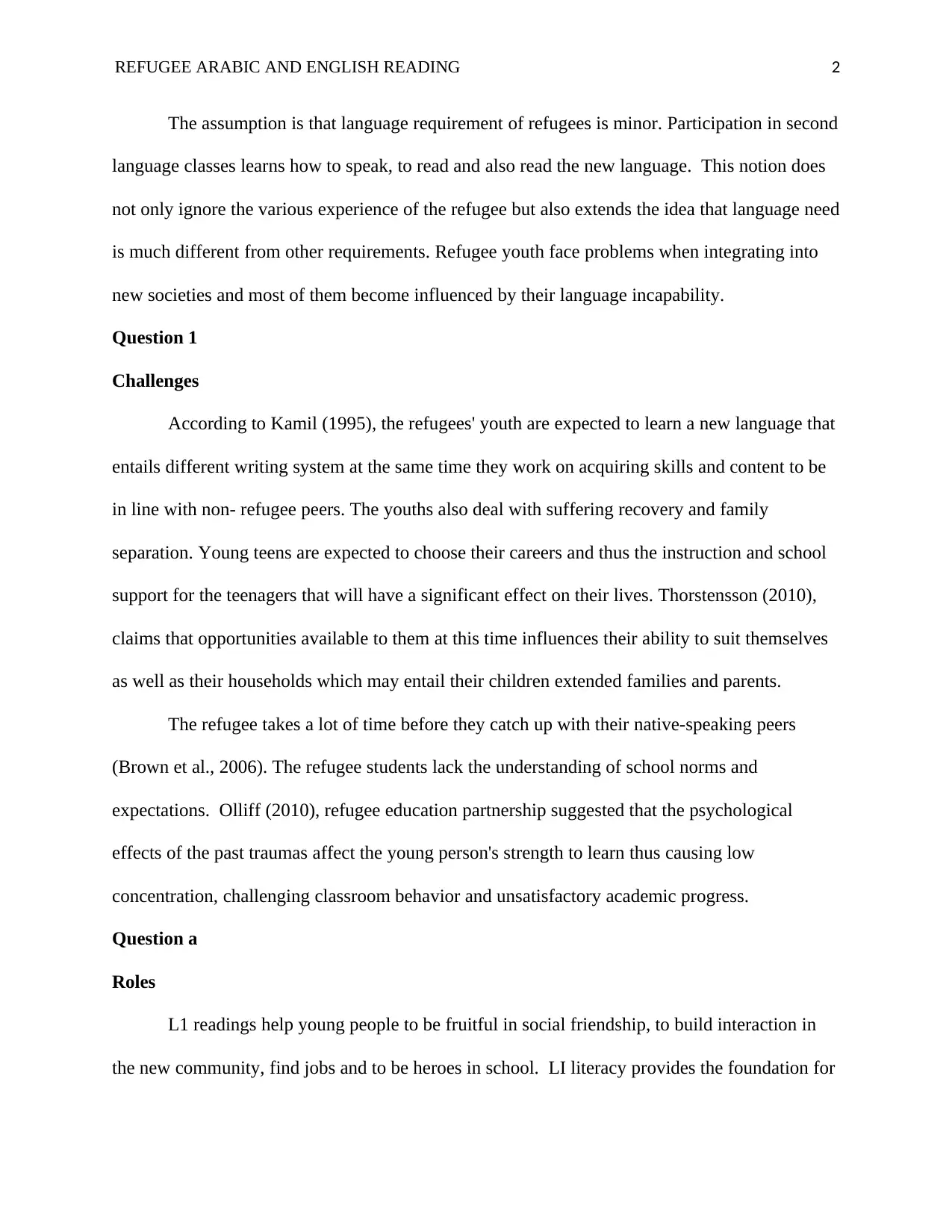
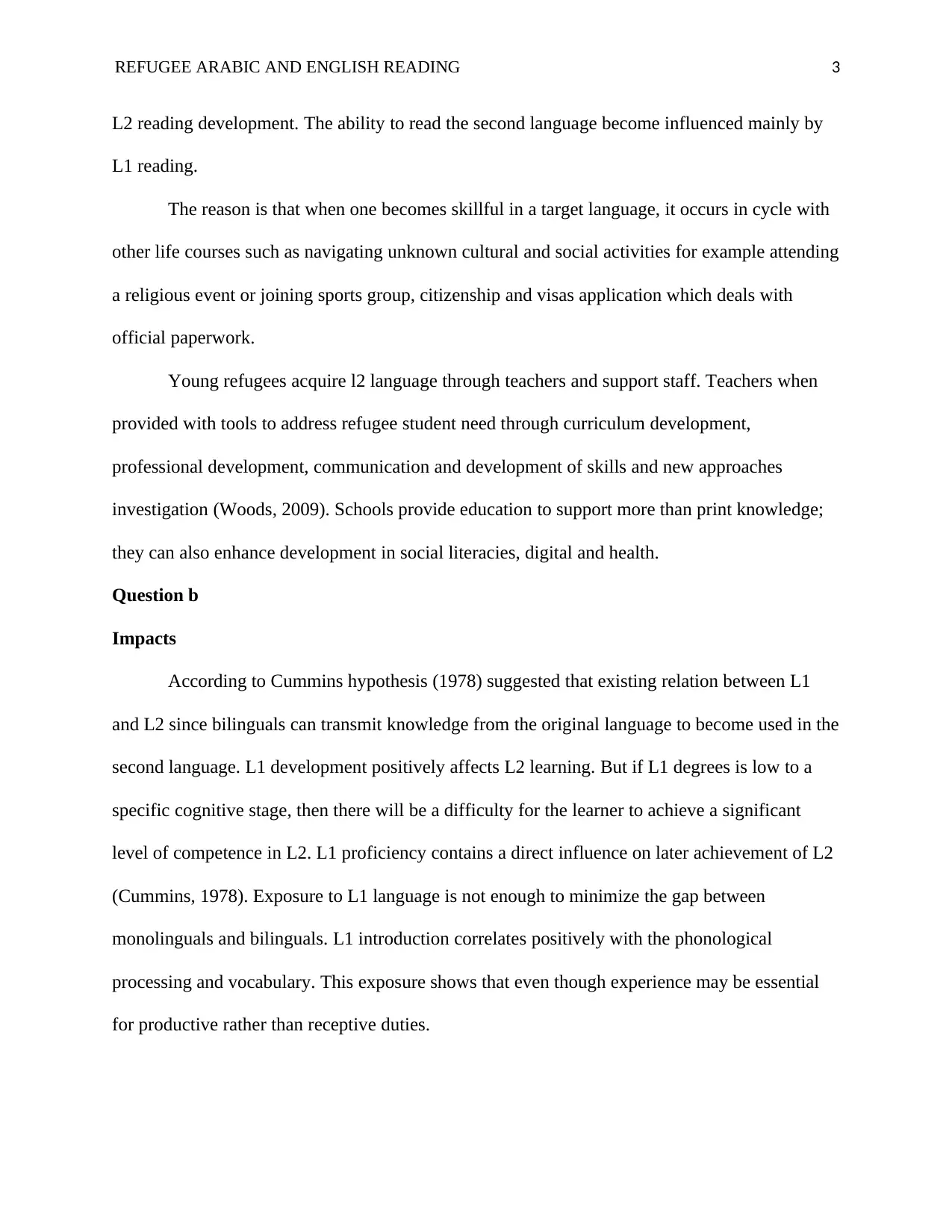

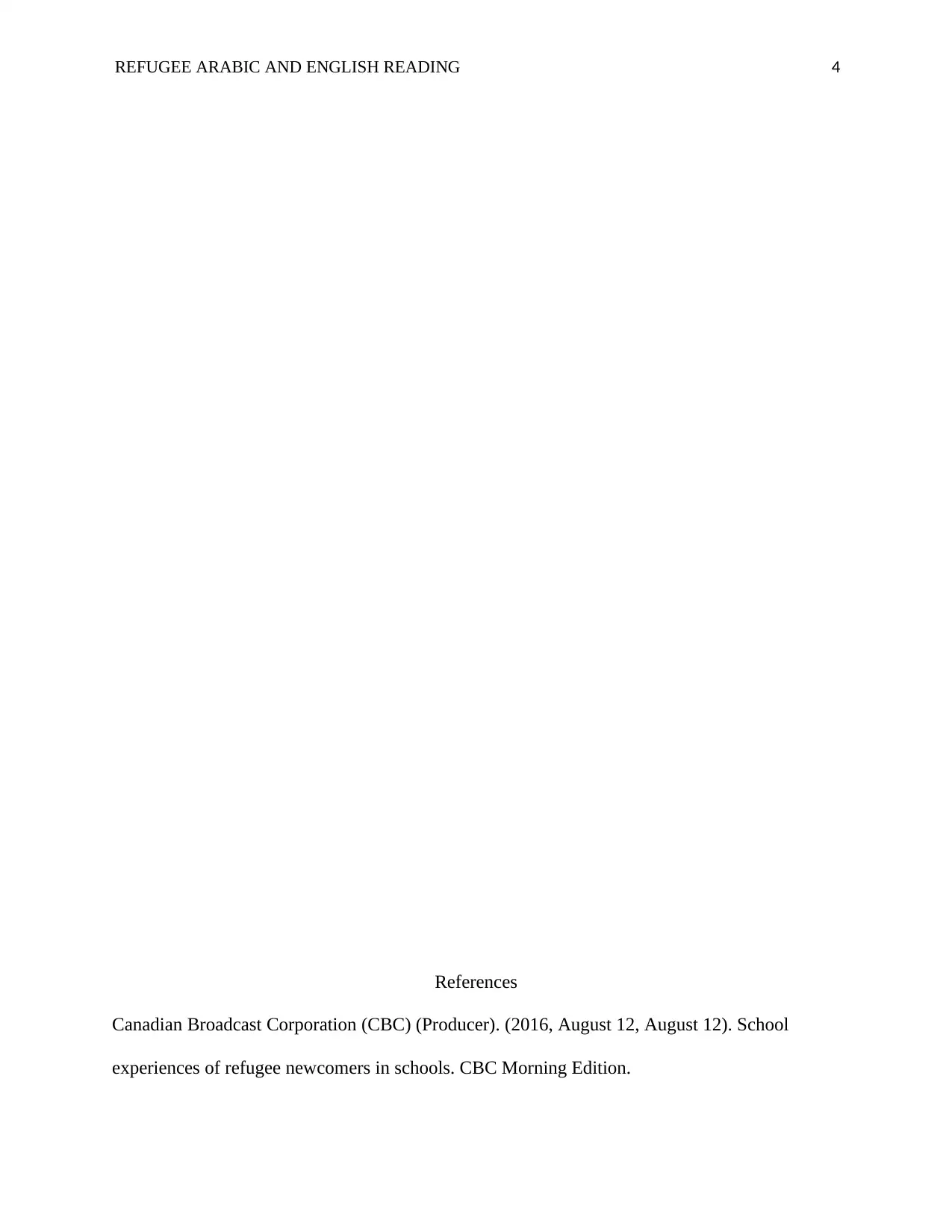
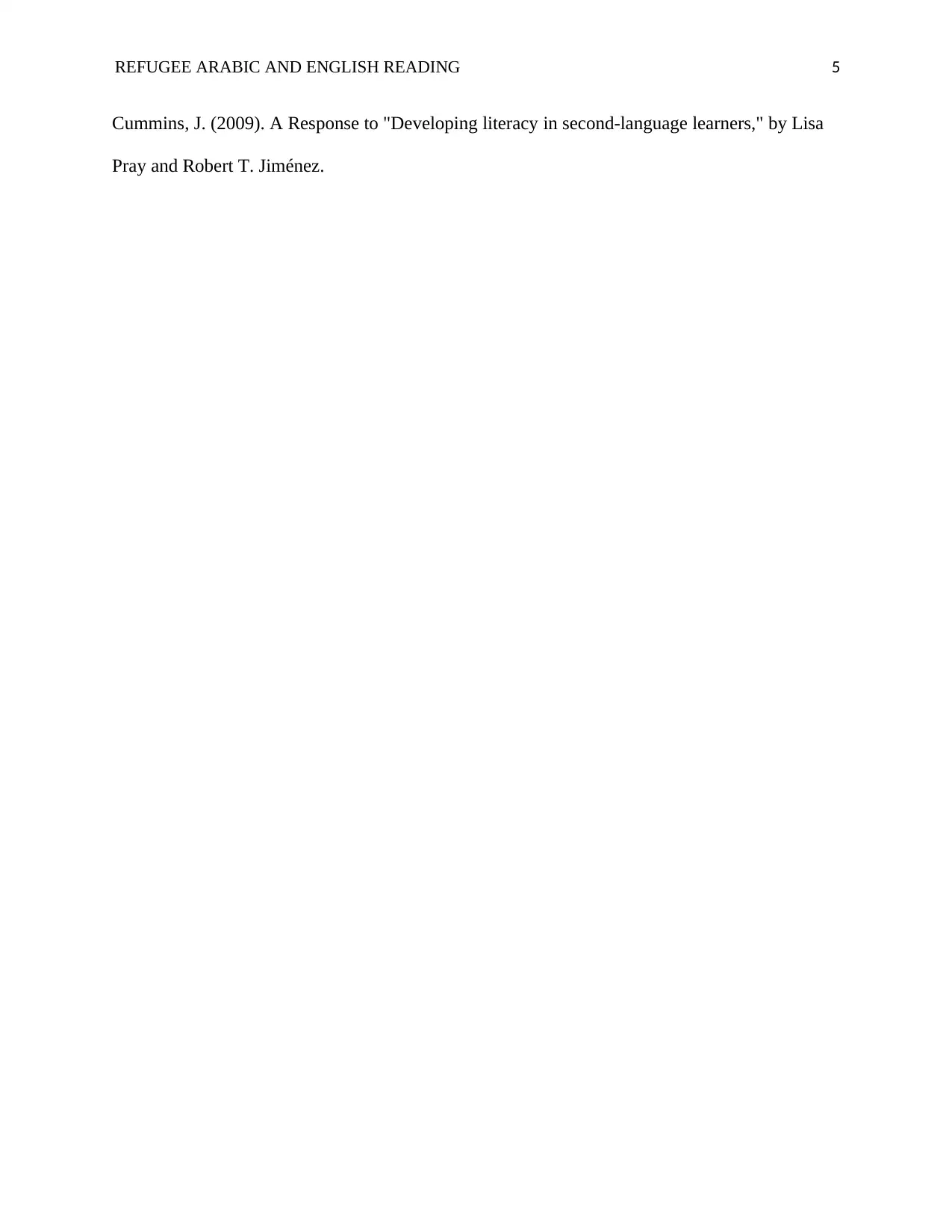






![[object Object]](/_next/static/media/star-bottom.7253800d.svg)